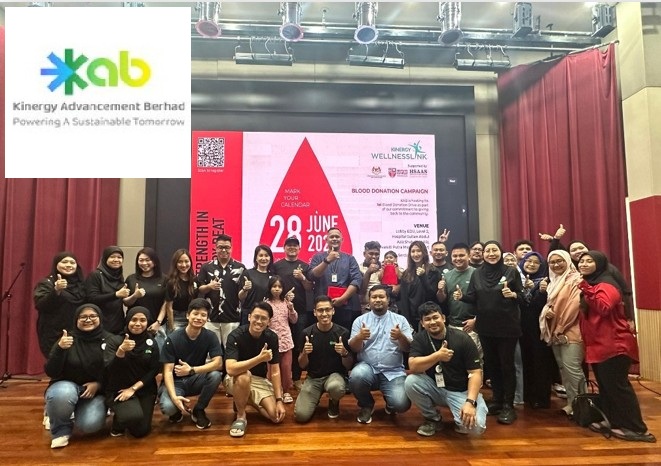AS retailers count up the receipts of another Lunar Year New, it should come as no surprise if online eats up the tiger’s share of their revenue. Since the pandemic started in 2020, 60 million new digital consumers in Southeast Asia have joined the internet economy.
However, with customer expectations high and ongoing pandemic disruptions, retailers will need to do more to earn their e-commerce stripes in 2022.
Notably in Malaysia, sales from online shopping have skyrocketed since the pandemic began.
According to analyst firm GlobalData, the Malaysian e-commerce market is one of the fastest-growing in Southeast Asia and was predicted to grow by 10% last year.
While entertainment and hospitality industries have suffered, online sales of groceries and day-to-day essential sales have soared in Malaysia, the analyst reported.
Nevertheless, retailers from global powerhouses to small-to-medium businesses are all fighting in an increasingly competitive marketplace.
From online malls like Lazada, Zalora and Lelong to branded applications and then finally to social media, it has never been harder to become king of the e-commerce jungle.
With so much choice available, customers can afford to be more discerning of which brand they buy from and can take more time to find the best deals.
Indeed, research by InMobi found that during an average shopping journey, 26% of Southeast Asian consumers have decided what categories they want to shop for, but have not narrowed down on specific products or brands yet. Almost half of men are in this “explorer” category.
In light of these circumstances, providing exemplary customer experiences will be the differentiator that sets brands apart from their rivals and keeps their customers returning.
Achieving this experience gold standard, however, requires clear insights and data. If used correctly, these can uncover how consumers’ preferences are shifting and evolving.
Marketers can leverage these insights to map a customer journey and build engagement strategies. This information can also help with key decision-making, such as which campaigns to show to certain audiences and likewise, which products.
In Southeast Asia and Malaysia especially, these must all begin from a mobile-first standpoint.
According to InMobi’s report, 70% of Southeast Asian shoppers planned to use smartphones to explore and buy products during the 2021 festive season.
To perfect a mobile-first strategy, retail marketers must first establish different customer cohorts based on the actions they have taken inside a mobile application or web browser. These can span areas such as products viewed or keywords searched.
Following up these cohorts with messages personalised to the right consumers can spark an immediate sales conversion.
The next step is to create segments of customers based on properties such as geolocation, language preference or affinity. Doing so can enable businesses to curate dynamic offers and micro-moments that are tailored to an individual’s experience.
Naturally, segmenting all these data points and insights at scale for a market the size of Southeast Asia is impossible for humans alone. To solve this piece of the puzzle, marketers will need to use artificial intelligence (AI) and machine learning.
With AI interactions, brands can deliver deeply personalised online journey engagement, eliminating different marketing and sales human touch points along the way.
Moreover, AI will provide that extra edge to using insights-led marketing: these include identifying the best time to send communication, the right messaging and the most optimum customer journey.
Above all, AI will enable brands to deliver stellar experiences efficiently for millions of shoppers across Southeast Asia.
With these steps in mind, the most important thing to remember is that great customer experiences must be the rule, not the exception to achieve e-commerce success today. – Feb 17, 2022
Saurabh Madan is the general manager of MoEngage in Southeast Asia, Australia and New Zealand.
The views expressed are solely of the author and do not necessarily reflect those of Focus Malaysia.









